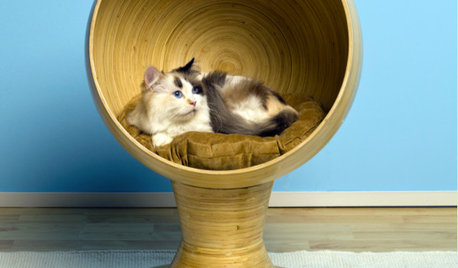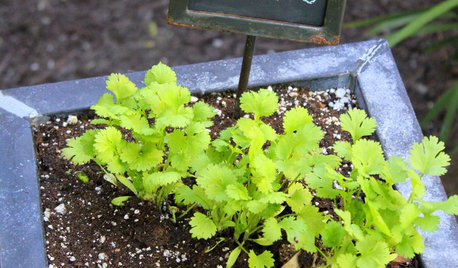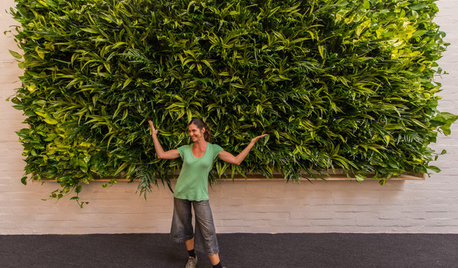Using Coir
karilynn22
17 years ago
Related Stories

DECORATING GUIDESRustic Rope Pulls Shipshape Design Together
Rope's natural fibers add interest and texture to all kinds of spaces
Full Story
PETS12 Stylish Solutions for Ugly Cat Furniture
Bland beige post unhappily marking your living room territory? Scratch that with rakish kitty condos, perches and staircases
Full Story
DECORATING GUIDESMaterials to Steer Your Style Into Classic Coastal
Deep blues, soft neutrals and natural materials bring an air of sophistication and simple serenity to rooms
Full Story
PETSSo You Want to Get a Cat
If you're a cat lover, the joys outweigh any other issue. If you haven't lived with one yet, here are a few things to know
Full Story
LANDSCAPE DESIGNNatural Swimming Pools: More Beauty, No Chemicals
Keep your skin and the environment healthy with a pool that cleans itself, naturally
Full Story
GARDENING GUIDESHerb Garden Essentials: Versatile Cilantro Adds Flavor to Herb Gardens
Love it or hate it, this cool-season herb contributes its unique flavor to any number or the world’s cuisines
Full Story
DECORATING GUIDESWonderful Ways to Mesh Woven Furniture With Your Style
Weave some wicker or sea grass furniture into a modern or contemporary room to create a feeling of relaxed luxury
Full Story
DECORATING GUIDESElements of Classic Coastal Style
Crisp whites and marine blues, nautical accents and tailored furnishings combine for classic coastal appeal
Full Story
FARM YOUR YARDHow to Grow Vegetables in Containers
Get glorious vegetables and fruits on your patio with a pro’s guidance — including his personal recipe for potting mix
Full Story
HOUSEPLANTSHow to Add a Living Wall
Learn how to choose systems and plants, and what it will cost to bring a bit of the outdoors in or green up a garden wall
Full Story





tokyomafia
korina
Related Professionals
Hershey Landscape Architects & Landscape Designers · Middletown Landscape Contractors · Wakefield Landscape Contractors · Estelle Landscape Contractors · Hoover Landscape Contractors · Longmont Landscape Contractors · Manhattan Landscape Contractors · Middletown Landscape Contractors · Richmond Landscape Contractors · Tuscaloosa Landscape Contractors · Wareham Landscape Contractors · Wayland Landscape Contractors · Whittier Landscape Contractors · Bakersfield Swimming Pool Builders · Newman Swimming Pool Builderstokyomafia
karilynn22Original Author
korina
raydio
mariava7
raydio
mariava7
greenhrs
salpal
jodik_gw
jodik_gw
mariava7
jodik_gw
soultan
jodik_gw
soultan
jodik_gw
soultan
jodik_gw
soultan